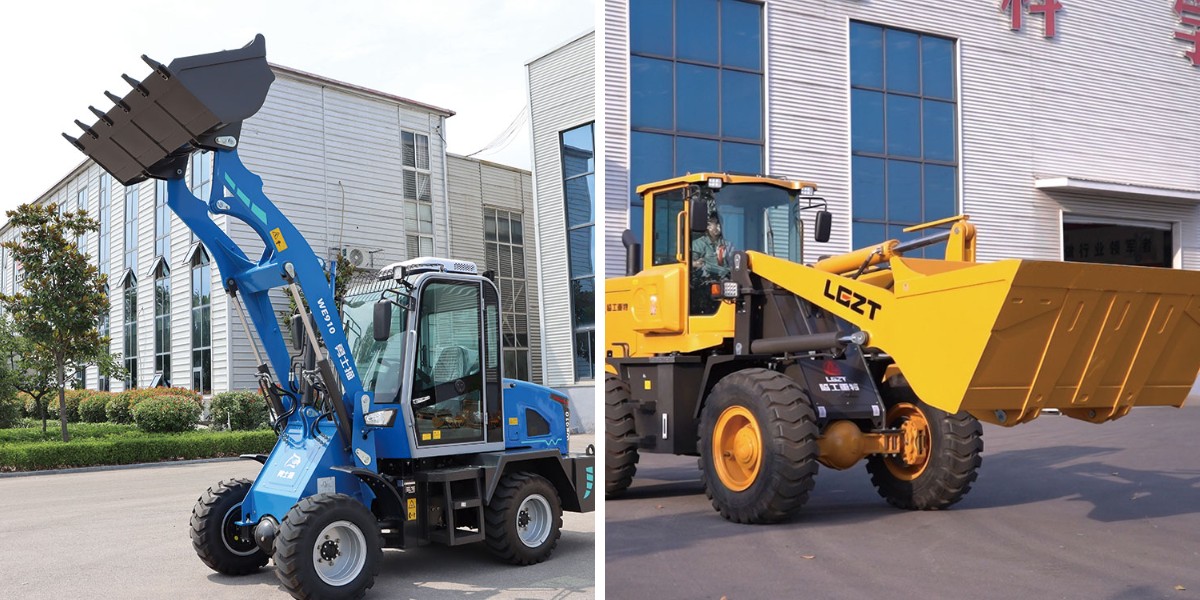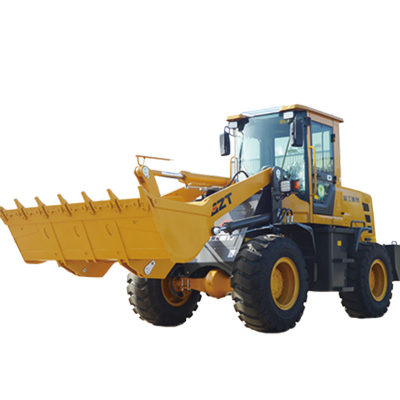Analysis of Global Small Loader Market Development Trends
Analysis of Global Small Loader Market Development Trends
1. Electrification Accelerates Penetration, Environmental Demand Drives Transformation
The electric small loader market is experiencing significant growth. In January 2025, electric loader sales reached 1,086 units, accounting for 13.7% of total sales. Of these, 5-ton electric loaders accounted for over 66%, becoming the mainstream product. At the policy level, China is promoting electrification through subsidies, tax incentives, and other measures, and the recovery of international market demand is further accelerating the industry's transformation.2 Furthermore, electrification and the implementation of the China IV emission standards are forcing companies to phase out traditional fuel-powered models. It is estimated that electric models will account for half of the market by 2030.
2. Deep Integration of Intelligence and IoT Technologies
Small loaders continue to upgrade in terms of intelligence, such as with GPS positioning, remote monitoring, and AI control. Market trends in 2025 indicate that IoT platforms will enable real-time fault warnings and remote maintenance. At the same time, unmanned vehicles and remote operation and maintenance technologies are becoming key competitive differentiation points for companies.
3. Regional Market Differences and Asia-Pacific-Led Growth
The global market exhibits regional differentiation:
North America: Technologically advanced, primarily focusing on cutting-edge R&D and the multi-scenario application of emerging technologies;
Europe: Focusing on green environmental protection, strict regulations promote the adoption of low-carbon products;
Asia-Pacific: Emerging markets such as China and India are experiencing the fastest growth, with the Asia-Pacific small skid steer loader market projected to achieve a CAGR of 7.91% from 2023 to 2029.5 As a core market, China, benefiting from the Belt and Road Initiative, will drive global growth in 2025 through market scale effects and consumption upgrades.5
4. Diversified Application Scenarios
The application areas of small loaders continue to expand, encompassing agriculture (farmland operations, livestock breeding), construction (old community renovation), mining, logistics, and new energy infrastructure (such as Gobi photovoltaic power station maintenance). The refined demands of municipal construction, landscaping, and other sectors are driving the increased penetration of small equipment, such as models under 3 tons for use in confined spaces.8
5. Coexisting Challenges in Supply Chain and Technology Transfer
The industry faces challenges such as reliance on imported key components (such as hydraulic pumps and controllers) and long technology transfer cycles. High investment in intelligent R&D is coupled with lagging market demand, leaving some companies facing a dilemma of "good reviews but poor sales." Furthermore, weak after-sales networks in the central and western regions hinder market penetration.
Summary
The global small loader industry is currently undergoing a period of technological upgrading and market expansion, with electrification, intelligence, and differentiation becoming core competitive advantages. As a growth engine for small loaders, China's policy support and emerging application scenarios will propel the market towards hundreds of billions of yuan.






